In the landscape of American science, a lot of trends and developments are usually shaping the direction connected with research, influencing funding things, and defining the institutional framework within which medical inquiry thrives. From enhancements in technology and adjustments in research focus in order to changes in funding structures in addition to institutional collaborations, the current condition of American science reflects any dynamic and ever-evolving eco-system that is both responsive to social needs and driven by quest for knowledge and invention.
One notable trend inside American science is the growing emphasis on interdisciplinary research along with collaboration across traditional disciplinary boundaries. Recognizing that many connected with today’s most pressing challenges, from climate change and public health crises to technology and social inequality, demand multidisciplinary approaches, researchers along with institutions are increasingly conking out silos and forging partners across fields. Collaborative analysis centers, cross-disciplinary initiatives, and interdisciplinary training programs are becoming more prevalent, fostering a customs of innovation and knowledge exchange that transcends standard academic divisions.
Moreover, there is a growing focus on translational study and innovation in American science, with an emphasis on translating fundamental discoveries into hands on applications that benefit culture. Government agencies, industry partners, and academic institutions are significantly investing in research that has clear societal impact, whether with the development of new medical treatments, environmentally friendly technologies, or policy approaches to pressing societal challenges. This specific emphasis on translational research is driving a shift in financing priorities and research agendas, with greater emphasis put on applied research, technology exchange, and industry partnerships.
Yet another notable development in North american science is the evolving scenery of research funding along with support mechanisms. While fed funding agencies such as the National Institutes of Health (NIH), the National Science Foundation (NSF), and the Department of Energy (DOE) remain major causes of research funding, there is also a rising role for private footings, industry partnerships, and capital raising in supporting scientific investigation and innovation. Moreover, crowdfunding platforms and public-private close ties are providing new strategies for researchers to protect funding and engage with the larger public, democratizing access to exploration funding and expanding prospects for innovation and venture.
In addition to changes in funding clusters, there are also shifts occurring inside the institutional landscape of American scientific research. Research universities and educational institutions continue to play a central role in progressing scientific knowledge and teaching the next generation of scientists. Nevertheless , there is also a growing recognition of the importance of diversity, equity, and also inclusion check in the scientific workforce, with efforts underway to address systemic barriers and encourage greater representation of underrepresented groups in STEM job areas. Furthermore, there is a growing tendency towards decentralization and diversification of research hubs, along with emerging research clusters as well as innovation ecosystems emerging throughout cities and regions across the country.
Overall, the current trends as well as developments in American scientific research reflect a dynamic and also multifaceted landscape that is characterized by collaboration, innovation, and a dedication to addressing pressing social challenges. From the rise of interdisciplinary research and translational innovation to changes in money structures and institutional frameworks, American science is innovating in response to the needs and options of the 21st century. Simply by embracing collaboration, promoting variety and inclusion, and influencing innovation, American science is usually poised to continue making meaningful contributions to knowledge, technologies, and society in the years to come.
